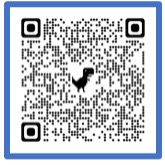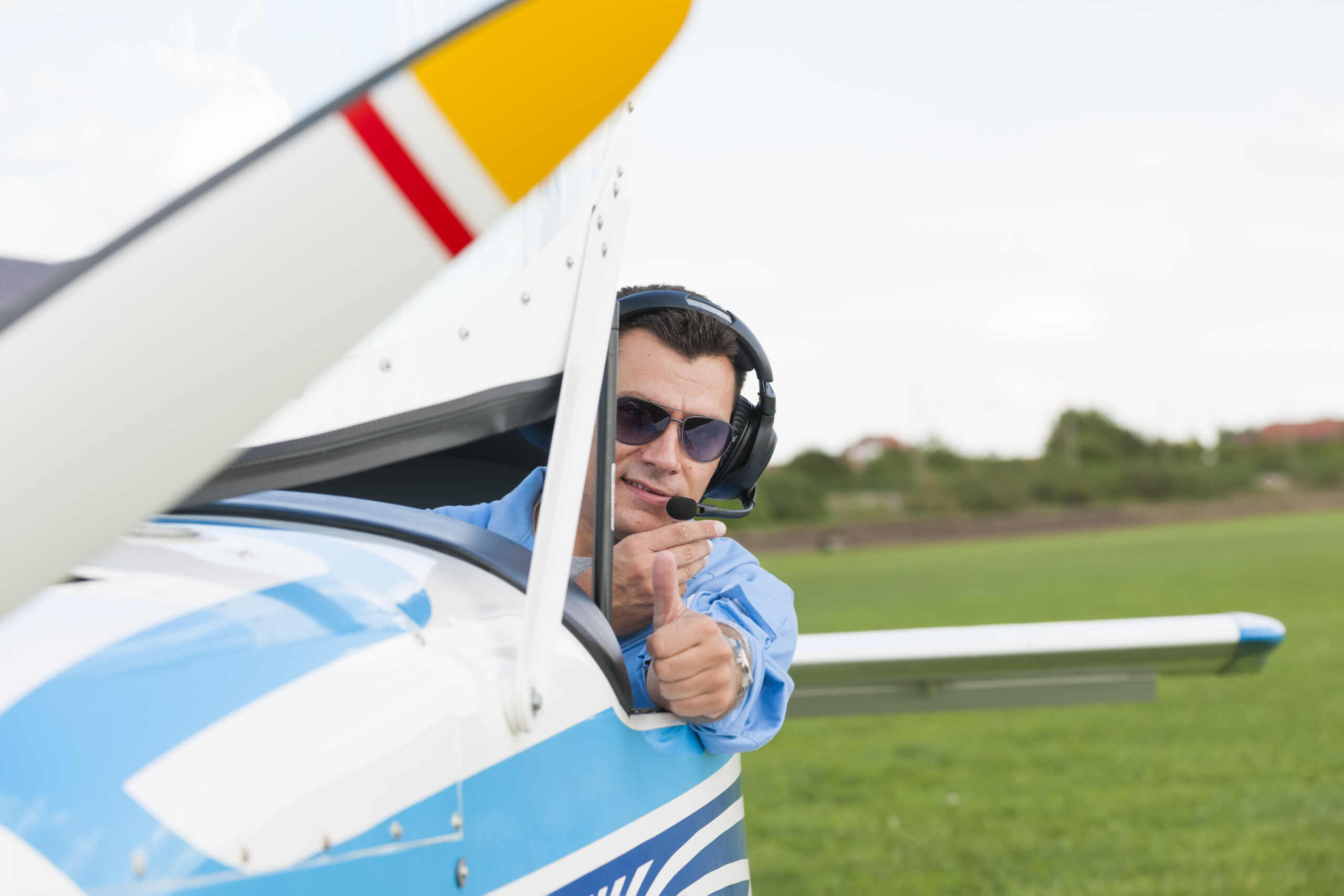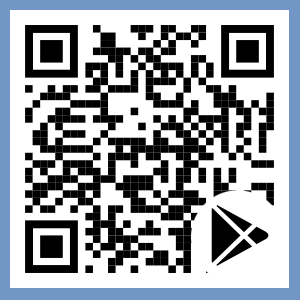This report highlights misunderstandings that might exist about NOTAMs versus restricted areas and TRAs. Although published by NATS on behalf of the CAA, NOTAMs are compiled by the requestor of the activity. In this particular case, the NOTAM was a navigation hazard warning with no requirement to avoid it although sensible to do so given the activity likely to be conducted within with small models/drones. For their part, those operating drones/UAS within such NOTAM’ed areas still have a duty to avoid collisions with other aircraft and so they must maintain visual contact with their drone/model at all times – all airspace users have a duty to avoid collisions and must give way to aircraft to the right of their own. Given the often small size of drones/models, there is extra importance in drone/UAS operators avoiding aircraft that they see given that their drone/model will likely be very difficult to detect by an aircraft pilot. In short, unless specific arrangements have been made to operate BVLOS[1] (which requires a TRA at present), a model/drone operator is required to maintain lookout (either themselves or by an observer if using FPV[2]) and must keep any model/drone within their line-of-sight.
[1] BVLOS – Beyond Visual Line of Sight.
[2] FPV – First-Person-View, i.e. using heads-down video or virtual reality goggles.
The NOTAM itself was poorly drafted with a number of errors in heights. The upper limit was erroneously described as the surface altitude in one part and 2500ft agl in another (implying a top height of 3200ft amsl). The intended top-height was 1500ft agl (2200ft amsl) and this was corrected in a subsequent issue of the NOTAM. Whilst we’re all prone to mistakes and errors at times, it shows the importance of understanding the NOTAM compilation process and double-checking any entries to make sure they are correct. NATS have produced NOTAM Guidance Material (see also QR code), wherein Paras 3.2 and 3.3 (reproduced below) give an explanation of how to decode NOTAMs. Although many electronic navigation and planning aids do this automatically for users, those compiling NOTAMs need to understand the various entries and what they mean.

Finally, the 3Cs of Caution, Consideration and Courtesy to others should be our watchwords in aviation. There’s nothing to be gained from being rude or obstructive when people query or ask for further information about a NOTAM, a confrontational tone only causes stress and distraction to others.
NATS NOTAM Guidance Material referred to in this report
3.2 NOTAM Format
NOTAM are required to conform to an explicit template. Using the example below, an explanation of the format follows:
- A1234/14 NOTAMN
- Q) EGTT/QMRLC/IV/NBO/A/000/999/5129N00028W005
- A) EGLL
- B) 1408231500
- C) 1409310500
- D) 1500-1600, 0430-0500
- E) RWY 09R/27L CLOSED DUE WIP
3.3 The NOTAM Construct:
A1234/13 represents the NOTAM Series, followed by a sequential 4-digit number, followed by two digits to indicate the year. (Max 9999/YY).
NOTAMN Indicates this is a new NOTAM. Other options are R for NOTAM replacing another or C for one cancelling another. Replacement NOTAM can only be used to replace a NOTAM that is already in effect.
Q) EGTT/QMRLC/IV/NBO/A/000/999/5129N00028W005
The Qualifying line, or Q Line, is an AIS tool used to categorise the NOTAM according to its scope. It consists of up to eight fields separated by a stroke (/) comprising FIR, Q Code, Traffic, Purpose, Scope, Vertical Limits, Co-ordinates and Radius.
EGTT is an ICAO code, identifying the (London) FIR to which the NOTAM refers. Should the activity take place in more than one FIR then the code EGXX is applied and the specific FIRS affected are inserted into field A of the NOTAM
QMRLC is a 5 letter NOTAM code identifying subject and status. In this case MR is a Runway, LC indicates a closed status. IVindicates that this information is significant for both IFR and VFR operations while NBO indicates a message for immediate attention, for inclusion in a PIB and operationally significant.
A represents the scope which in this case is an Aerodrome NOTAM as opposed to an EnRoute E NOTAM or Navigation Warning W. Combinations AE and AW can also be applied according to the subject being described.
000/999 represents the lower and upper limits expressed as a flight level. In this case it is left as a default as it is not applicable.
5129N00028W005 is the ‘Centre point’ using degrees and minutes followed by a radius of influence. In this case the default value of 5NM has been applied based on the aerodrome ARP. A default radius of 999 is applied for NOTAM that cannot be associated to a specific area and for those that affect the whole FIR.
Position (Where)
A) EGLL is the ICAO code of the aerodrome (Heathrow). While it is possible to insert more than one FIR into this field, it is only possible to enter one Aerodrome. This means that separate NOTAM are required if the impact is on two or more aerodromes.
Effective from (Begins)
B) 1408231500 is the Date/time group in UTC when the NOTAM becomes effective. Year, Month, Day, Time. NOTAM used to replace or cancel other NOTAM can only be issued With Immediate Effect (WIE) and cannot have a future effective (start) date.
Effective until (Finishes)
C) 1409310500 is the Date/time group in UTC when the NOTAM ceases to be effective. Temporary NOTAM shall exist no longer than 90 days.
Where an expiry date/time can only be estimated EST may be included in Field C for temporary NOTAM. Sponsors shall take action to cancel or replace the NOTAM before the EST expiry time.
Planned Schedule (Optional)
D) 1500-1630, 0430-0500 this provides the opportunity to describe a schedule of events within the effective date of the NOTAM. This is particularly useful for events that take place over a period of days or weeks. Irregular schedules that do not meet certain criteria will have to be described in the plain language part of the NOTAM
Plain Language (Free-text)
E) RWY 09R/27L CLOSED DUE WIP is the textual part of the NOTAM indicating that Runway 09/27 is closed due to work in progress.
This item describes the ‘subject’ and ‘condition’ and is probably the most important part of the message. The information should be explicit giving the reader the ability to quickly assess the impact to their operation.
Start with a ‘headline’ to describe the subject and event e.g. RWY…CLOSED, TWY… WIP, DANGER AREA … ACTIVATED, FREQUENCY … U/S. After which supplemental information may be considered to describe the impact.
Avoid information that may be considered as ‘nice to have’ or complementary. Use internationally recognised abbreviations (as per ICAO Doc 8400) unless their use creates misunderstanding. A list of abbreviations is available in the General (GEN) section of the AIP but note that National abbreviations (in italics) cannot be used for NOTAM.
Use of Coordinates
If there is a requirement to describe an area or polygon, the provision of coordinates Degrees/Minutes/Seconds shall be used e.g. 521049N 0012035W. When describing an area repeat the first coordinate in full to close the polygon.
Supplementary Information
The judgment needed to assess the extent of information required in a NOTAM can be problematical. Too much information can serve to overwhelm the reader, whereas not enough information will fail to provide them with an opportunity to assess the impact on the operation.
Guidance in composing the text of a NOTAM can be obtained by contacting the NOTAM Office directly to establish that the proposal clearly captures the objective.
Vertical Parameters
F) & G) describe lower and upper limits. They are not used for Aerodrome NOTAM scoped A; however, they are used for airspace notifications such as navigation warnings, airspace reservations and Danger Area activities. The sponsor should ensure that appropriate values are included in the NOTAM proposal e.g. FL090, 3000FT AMSL.
When the values in Fields F and G are expressed as a flight level (FL) or altitude (AMSL) the associated FL values will also be applied in the Q Line. It is recommended that the use of AGL is avoided in fields F & G, as it demands a calculation based upon the highest terrain elevation for the region or FIR.








Unfortunately, the reporter concerned did not report this incident to us, so we do not have any internal reporting open on this incident, which is unfortunate because it is then missed from our own internal safety committee meetings. [In fact, the reporter says he did discuss the incident with the Chief Instructor and so it is not clear why this was not passed on formally within the company]. As the reporter suggests, it was an exceptionally busy day here at [Skydiving airfield], right in the middle of a heat wave. A busy day like this sees an aircraft drop occur approximately every 8mins overhead our PLA. Sometimes the time between drops is a little shorter and other times a little longer as there are a huge list of variables that can alter the separation time. During these busy days, we operate with a minimum of 2 people on Drop Zone (DZ) Control at all times, one person responsible for the air-to-ground communication and a second person responsible for checking the parachutes are open safely and landing safely. These two people regularly swap roles to avoid fatigue, and other staff swap in from time to time to give breaks throughout the day. But it is a busy job, with a lot of pressure. On this particular day, the main DZC was our Chief Instructor, who is highly experienced. The other two DZCs were of equal experience, one being our Deputy Chief Instructor and the other being our Chief Pilot. When we are running at high capacity we ensure that we staff our DZ Control with as experienced a team as possible. But that being said, it appears that perhaps on this occasion the reporter was unhappy with the separation and we will thoroughly take this on board and discuss it.
One of the difficult parts of a report like this is that it is hard to actually measure or quantify the distances both laterally and vertically between the groups. In controlled airspace, aircraft are visual to the controllers via all sorts of Electronic Conspicuity equipment and a controller is able to see precise details of their speeds, altitudes and headings. Our DZCs have to look at canopies in the sky and make a visual assessment (based on their experience) as to the heights of the canopies to ensure that the airspace is clear for the next aircraft to drop. This system is not fool-proof, and it is possible that on this occasion the separation between the groups was less than it would have been. Whilst the reporter is correct that the DZC should not have given a clear drop to [Aircraft 2] until all skydivers were clear from the previous lift, they must appreciate how difficult a task it is to be completely accurate in their assessment of the height of a canopy. It is an unfortunate reality of a large multi-aircraft operation that there will regularly be skydivers from a previous lift at a lower altitude under the canopy when the next lift is opening. The DZC would have made their best visual assessment and deemed the airspace to be suitably clear, but without having data, that assessment will always be a visual “eyeball” assessment based on experience.
As an additional measure, to assist our controllers, our aircraft are all equipped with EC systems and each pilot works to separate themselves by altitude from one another. The typical rule of thumb is that we maintain a minimum of 5000ft separation in the climb, which is approximately 6mins of flight time as a minimum. Whilst this is a little closer than the “ideal” 8mins, we find that it is the best balance of the variables in our operation. We believe that this system works well to alleviate some of the pressure on the DZC as the aircraft are already reasonably well spaced before they are requesting a clearance to drop. As part of our DZ Resource Management (our own internal CRM training), we have discussed how to share the workload and reduce the pressure on the DZC from the aircraft. One of the topics in this year’s recurrent training was “How can we avoid overloading the DZC” which led to an open discussion about the 5000ft / 6mins climb separation and the pilots offering practical solutions (like entering a hold at 10,000ft to build separation when they can sense the DZC is overloaded).